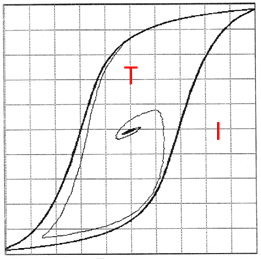Hello,
I have scoured my technical documents regarding transformers and have not been able to find an answer to the below question. I am wondering if anyone would have an answer or direction to the following:
For distribution transformers (~20-50MVA base), how close to the knee point is design operation (for example, power transformers of this size are typically sized such that design operation is 5% below the knee point as shown on the B-H curve)?
As the saturation curves are difficult or impossible to acquire for existing transformers, I am looking for a way to model the sat curves using a "typical" knee point, used in conjunction with estimated CRGO steel excitation characteristics.
Thank you
I have scoured my technical documents regarding transformers and have not been able to find an answer to the below question. I am wondering if anyone would have an answer or direction to the following:
For distribution transformers (~20-50MVA base), how close to the knee point is design operation (for example, power transformers of this size are typically sized such that design operation is 5% below the knee point as shown on the B-H curve)?
As the saturation curves are difficult or impossible to acquire for existing transformers, I am looking for a way to model the sat curves using a "typical" knee point, used in conjunction with estimated CRGO steel excitation characteristics.
Thank you

